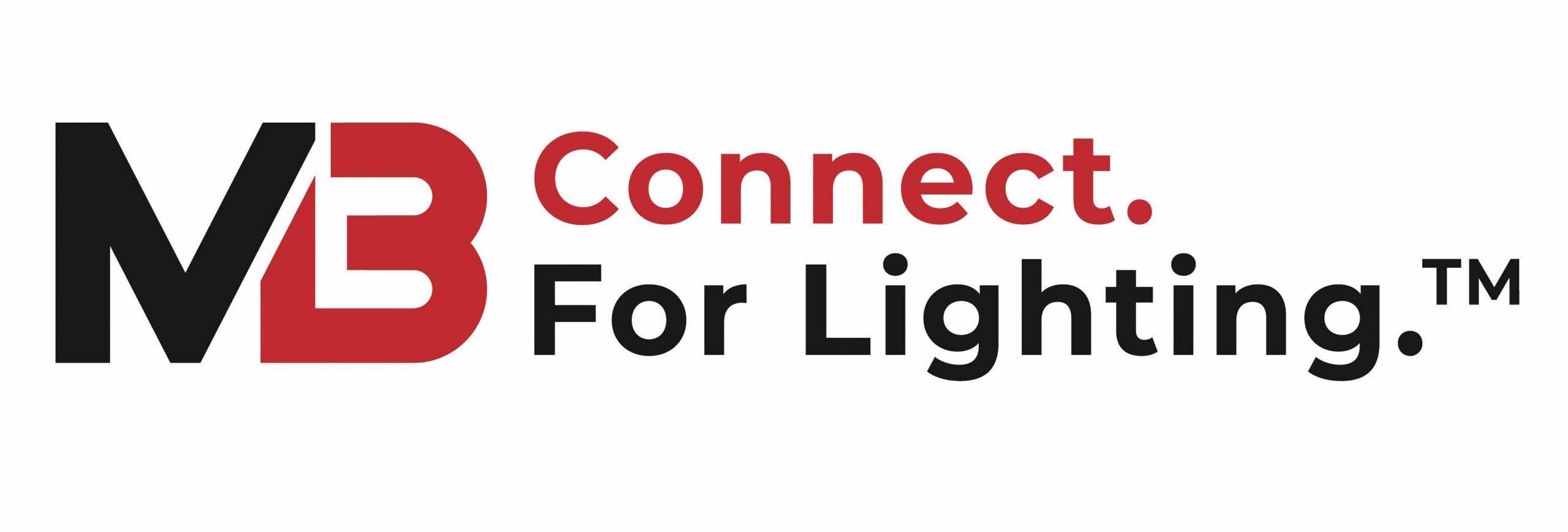Forex Trading
FIFO vs LIFO: Comparing Inventory Valuation Methods
Going forward, they plan to leverage technology and data analytics to refine their inventory management strategies. The pros of the FIFO method certainly outweigh the cons, making it a great method for inventory management in most businesses. Considering the drawbacks before deciding if FIFO is the right fit for your business is essential. Also, FIFO can work better when best practices are consistently followed. As lower-cost items are sold first, it will typically result in better cash flow.
Because FIFO often results in higher net income, it also leads to higher taxable income. Companies may face increased tax expenses, which can impact cash flow and overall financial health. This is particularly relevant in jurisdictions with high corporate tax rates. Average cost inventory is another method that assigns the same cost to each item and results in net income and ending inventory balances between FIFO and LIFO.
Does IFRS Permit LIFO?
This helps reduce the likelihood that you’ll be stuck with items that have spoiled or that you can’t sell. The FIFO method impacts how a brand calculates their COGS and ending inventory value, both of which are always included on a brand’s balance sheet at the end of a financial accounting period. For instance, if a brand’s COGS is higher and profits are lower, businesses will pay less in taxes when using LIFO and are less at risk of accounting discrepancies if COGS spikes. However, brands using LIFO usually see a lower valuation for ending inventory and net income, and may not reflect actual inventory movement. Under FIFO, the brand assumes forex trading strategies for beginner, how to find suitable strategy the 100 mugs sold come from the original batch.
Business
It is also a major success factor for any business that holds inventory because it helps a company control and forecast its earnings. For investors, inventory is an important item to analyze because it can provide insight into what’s happening with a company’s core business. For example, the seafood company—from the earlier example—would axiory com belize based forex trading broker review use their oldest inventory first (or first in) when selling and shipping their products. All companies must determine how to record the movement of their inventory. The amount a company pays for raw materials, labor, and overhead costs is continually changing. For this reason, the amount it costs to make or buy a good today might be different than one week ago.
Spreadsheets and accounting software are limited in functionality and result in wasted administrative time when tracking and managing your inventory costs. Often compared, FIFO and LIFO (last in, first out) are inventory accounting methods that work in opposite ways. Where the FIFO method assumes that goods coming through the business first are sold first, LIFO assumes that newer goods are sold before older goods.
Track inventory and monitor expiry dates
Higher profits on your books will attract more investors or potential buyers. FIFO will make tracking, regulating quality, and reducing holding costs for obsolete or non-sellable inventory possible. The downside of FIFO is that it can cause discrepancies during inflationary times. Profits will take a hit if product costs triple and accounting uses values from months or years ago. FIFO calculates the cost of goods sold (COGS) based on the price of the earliest what does a bear market mean acquired items, thus enhancing your net income.
Consider investing in inventory management software or enterprise resource planning (ERP) systems equipped with FIFO functionality. These technological solutions streamline inventory tracking, automate FIFO calculations, and provide real-time visibility into your inventory levels. Choose a software solution tailored to your business needs and scalability requirements to maximize the benefits of FIFO implementation. The FIFO method is popular among businesses because of its accuracy and higher recorded net profits.
- This connectivity ensures a smooth flow of goods in the supply chain even while dealing with multiple partners and locations.
- Calculate the value of Bill’s ending inventory on 4 January and the gross profit he earned on the first four days of business using the FIFO method.
- With the FIFO method, you sell those older products first—ensuring that all items in your inventory are as recent as possible.
- If you are looking to understand how our products will fit with your organisation needs, fill in the form to schedule a demo.
It is a method used to manage and track the flow of goods in a business, ensuring that the oldest inventory items are utilized or sold before newer ones. Essentially, it operates on the premise that the first goods acquired or produced are the first to be used or sold. Using the FIFO inventory valuation method, you assume the first 1,000 sold cost $1 per unit, and the remaining 500 cost $2 per unit. That leaves you with 500 units in our ending inventory, valued at $2 per unit. First-in, first-out (FIFO) is an inventory accounting method for valuing stocked items.
FIFO can lead to higher net income, especially in times of rising prices. Since the older, less expensive items are accounted for in the cost of goods sold, the remaining inventory, which is more expensive, stays on the balance sheet. Higher gross profit translates into higher net income, which can be beneficial for companies looking to attract investors or secure financing. FIFO, or First In, Fast Out, is a common inventory valuation method that assumes the products purchased first are the first ones sold. This calculation method typically results in a higher net income being recorded for the business.





